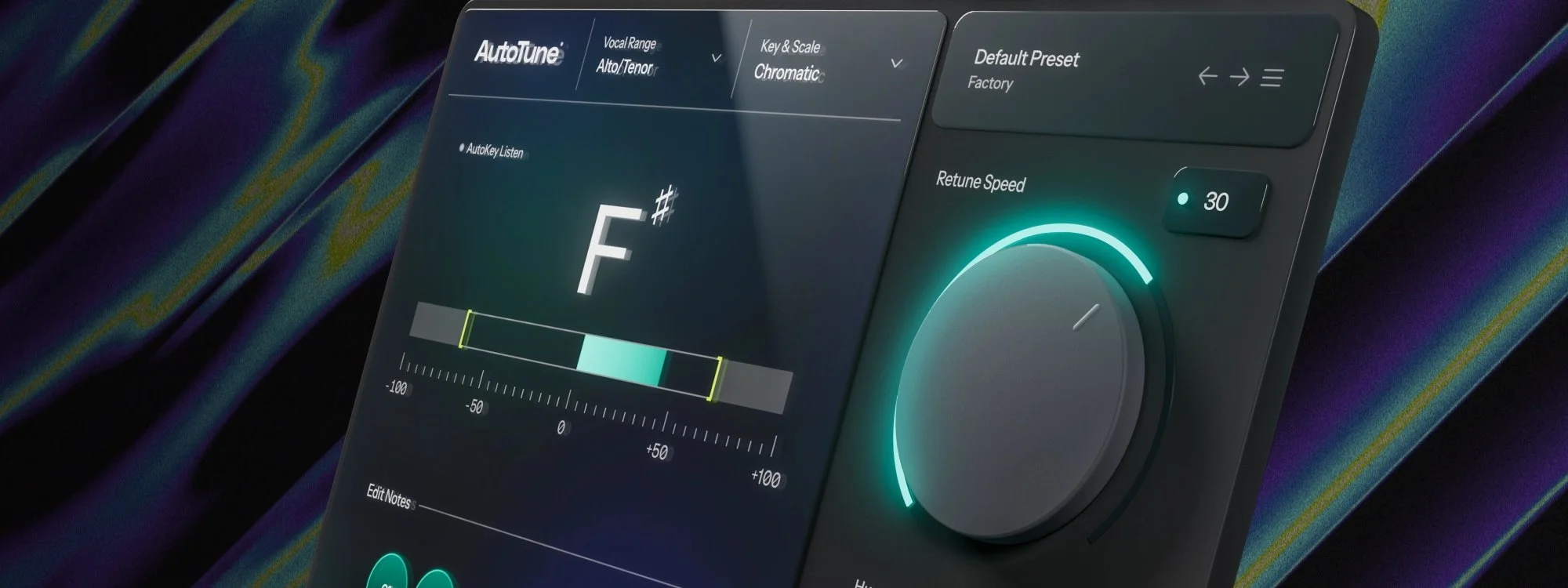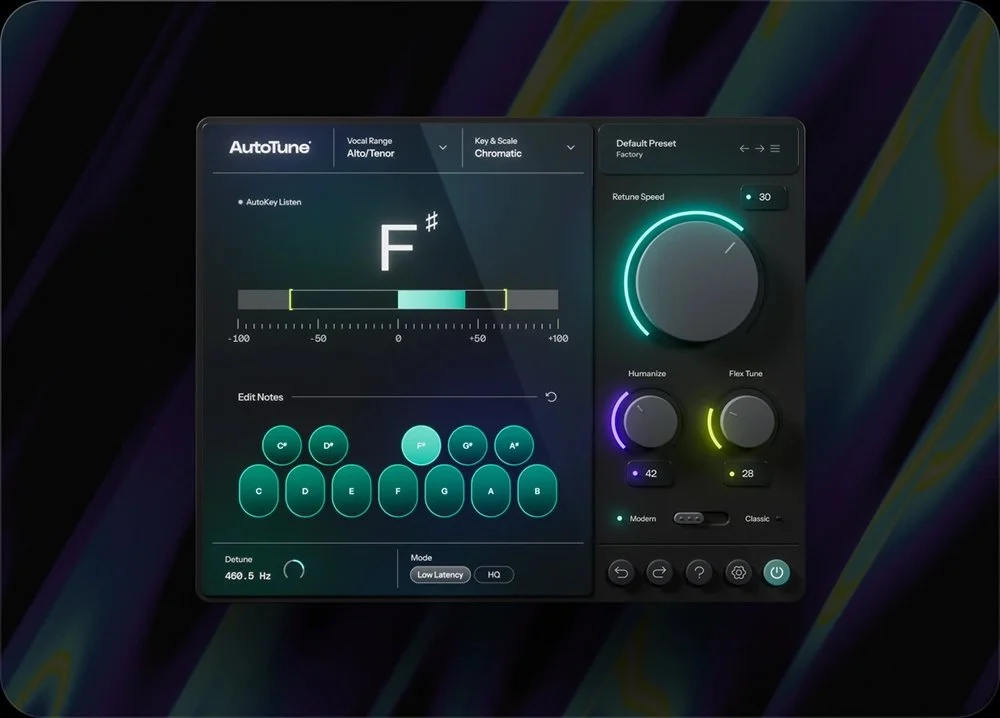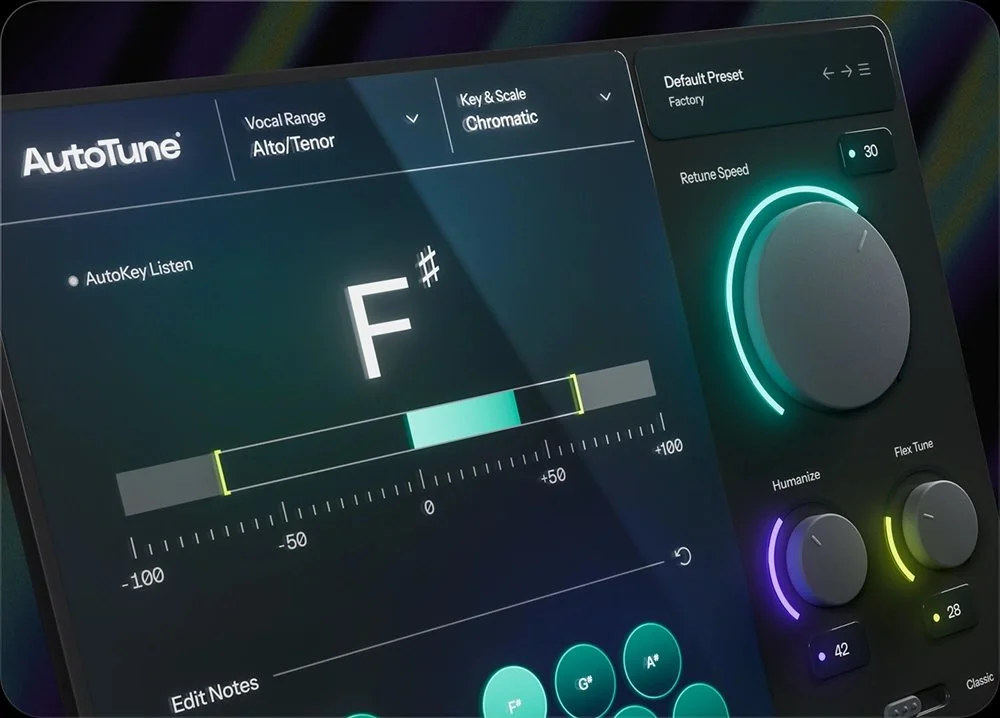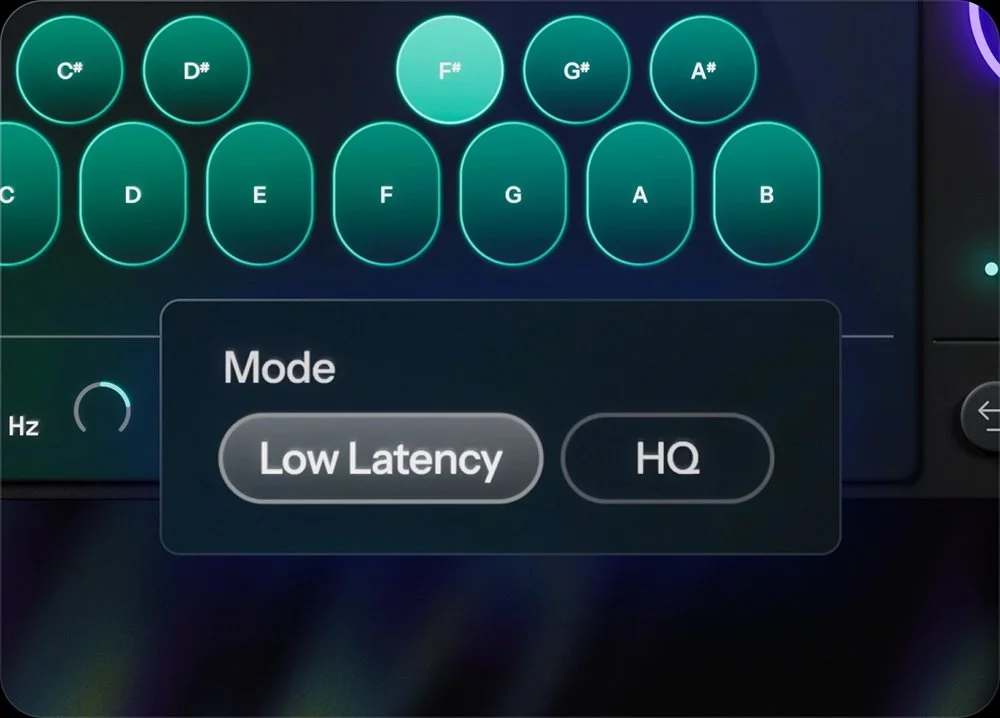Antares Auto-Tune 2026: Faster, Smarter, and Simplified

Few plugins have shaped modern music like Auto-Tune. For over two decades, it’s been both a subtle studio essential and a bold creative effect, heard on everything from Billie Eilish’s whispered harmonies to Travis Scott’s warped melodies. What began as a pitch correction utility has evolved into an instrument in its own right—one that defines the sound of pop, rap, and electronic vocals. Every new version carries cultural weight, and Antares Auto-Tune 2026 arrives at a moment when speed, workflow, and authenticity matter more than ever. With this release, Antares isn’t reinventing the wheel—it’s refining it. Auto-Tune 2026 replaces multiple editions with a single streamlined version, combining the core features of Artist and Access into one flagship. The interface has been redesigned for clarity, the engine optimized for a better performance, and the experience fine-tuned for real-world producers who move fast. Whether you’re tracking live vocals, tuning takes for pop radio, or experimenting with hyper-processed effects, Auto-Tune 2026 aims to feel smoother, lighter, and more musical than ever.
This site contains affiliate links. If you book or purchase through these links, I may earn a commission at no extra cost to you. This helps support the site and keeps my content free. As an Amazon Associate, I earn from qualifying purchases.
What’s New in Auto-Tune 2026
The biggest shift in Auto-Tune 2026 is how streamlined it feels. Antares has merged what used to be separate editions—Access and Artist—into one full-featured version built around clarity and speed. The interface now brings core parameters like Retune Speed, Flex Tune, and Humanize to the front, so you can dial in vocal correction without digging through menus. It’s cleaner, brighter, and optimized for quick results whether you’re tuning a single lead or stacking harmonies.
Under the hood, the plugin runs more efficiently than ever. Antares claims up to 35 percent faster performance at 48 kHz and more than double the efficiency at higher sample rates, meaning you can load multiple instances in a session without spiking your CPU. There’s also a dedicated Low Latency Mode for live recording and a High Quality Mode for mixdown, letting you adapt performance and precision depending on your workflow.
Sonically, Auto-Tune 2026 introduces two distinct behaviors. Modern Mode handles smooth, natural pitch transitions that preserve the singer’s nuances, while Classic Mode revives the sharper, stepped tuning from the Auto-Tune 5 era—the sound that launched a thousand hits. Together they cover everything from subtle pop correction to that unmistakable robotic sheen, giving producers the best of both worlds in one streamlined package.
Sound and Performance
In use, Auto-Tune 2026 feels noticeably smoother. The new Modern Mode prioritizes realism, making vocals feel more organic even when the tuning is fairly aggressive. Controls like Flex Tune and Humanize have been refined to react more musically, softening transitions without dulling the immediacy of a performance. It’s ideal for pop, R&B, or singer-songwriter productions where the goal is to polish vocals without stripping away their emotion.
Switching to Classic Mode instantly changes the plugin’s personality. Here, Auto-Tune 2026 channels the crisp, stepped tuning that defined the early 2000s sound — from Cher’s “Believe” to T-Pain’s signature tone. Antares modeled the behavior of Auto-Tune 5, giving producers access to the same exaggerated snap and robotic phrasing that became a hallmark of electronic and hip-hop vocals. It’s not just nostalgia; the Classic algorithm still hits in modern mixes where vocal character matters as much as pitch.
Both modes benefit from a more efficient engine that keeps latency low and tracking accurate in real time. Combined with the reworked display, which visually shows pitch movement and correction intensity, the plugin gives a clearer sense of what’s happening under the hood. Whether you’re recording with a vocalist or tuning stems post-session, Auto-Tune 2026 finally feels as responsive as the music itself.
Workflow and Integration
Antares has clearly designed Auto-Tune 2026 around modern producer workflows. The interface rethinks how vocal tuning fits into a session—less like a scientific correction tool, more like an instrument. Key and scale selection are front and center, making it easy to match your project’s harmony in seconds. There’s also a new visual meter that shows exactly how much correction is applied, giving you instant feedback on whether your settings are sitting naturally or pushing into stylized territory.
The update also brings a stronger focus on session efficiency. Thanks to the improved performance engine, you can now run multiple vocal tracks with Auto-Tune 2026 active without the usual CPU spikes. Switching between Low Latency and High Quality modes feels seamless, and it’s particularly noticeable for artists tracking through the plugin in real time. The lower delay means singers can perform confidently without that distracting “slapback” effect in their headphones.
Integration with major DAWs is smooth, with instant tempo syncing and automation behaving more reliably than in earlier versions. Producers using Logic, Ableton, FL Studio, or Pro Tools will appreciate how consistent it feels across environments. It’s the kind of update that makes Auto-Tune fade into the background—in the best way possible—so you can focus entirely on performance and tone instead of troubleshooting settings.
Alternatives to Consider
If you’re deep into vocal editing or want full manual control, Auto-Tune Pro 11 remains Antares’ powerhouse option. It offers advanced pitch graphing and time manipulation tools for surgical editing—great for engineers polishing professional vocal takes. But for most producers, Auto-Tune 2026 hits a sweet spot between immediacy and precision. It’s fast, sounds clean, and doesn’t interrupt the creative flow.
Another popular contender is Celemony Melodyne, which excels at detailed, offline correction and polyphonic tuning. It’s ideal for studio perfectionists but slower to use than Auto-Tune’s real-time approach. Waves Tune Real-Time is a budget-friendly pick that mimic some of the core functions, but might ultimately lack the fluidity and expressive tuning range that Antares continues to deliver.
Ultimately, Auto-Tune 2026 is best suited for producers who value speed and musical feel over complex editing. It’s the version you reach for when you want a polished vocal sound that stays in the pocket—whether you’re crafting radio-ready pop hooks, dreamy alt vocals, or experimental club tracks that bend pitch as part of the arrangement.
Pros and Cons
Pros
Noticeably faster and lighter on CPU, even in large sessions
Simplified interface with essential controls up front
Two versatile modes: Modern for natural correction, Classic for the iconic Auto-Tune sound
Low-latency tracking feels smoother and more reliable for real-time use
Strong DAW compatibility and consistent automation behavior
Cons
Fewer deep-editing features compared to Auto-Tune Pro 11
No more entry-level version means a higher buy-in for new users
Limited graphical editing tools for pitch or timing correction
Who It’s For
Auto-Tune 2026 feels like the version Antares has been building toward for years—a streamlined, modernized take on a classic that finally matches the pace of contemporary production. It’s powerful enough for professionals but approachable enough for bedroom producers who just want to record vocals that sound polished right away. By stripping away clutter and optimizing performance, Antares has created something that’s both familiar and forward-thinking: the Auto-Tune you already know, just faster, leaner, and more musical.
For vocalists, producers, and DJs working across genres—pop, electronic, hip-hop, or experimental—Auto-Tune 2026 is the sweet spot between precision and vibe. It’s for creators who want to focus on the performance instead of parameters, who want that distinct polish without sacrificing character. If Auto-Tune Pro 11 is for engineers, Auto-Tune 2026 is for artists.
This site contains affiliate links. If you book or purchase through these links, I may earn a commission at no extra cost to you. This helps support the site and keeps my content free. As an Amazon Associate, I earn from qualifying purchases.



